Pakistan must not miss trade wave
Should pursue strategic trade deals with China and US, invest in high-value sectors
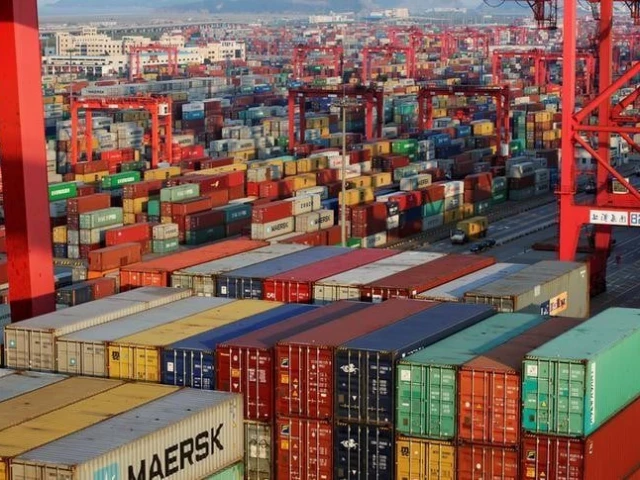
The recent trade deal between the United States and China, cutting reciprocal tariffs by 115% and easing key restrictions, may have cooled tensions, but it has not dispelled the deep uncertainty gripping global trade.
Traditional alliances are shifting, and countries are scrambling to secure new economic lifelines. In a dramatic departure from the past, trade agreements that once took years are now being concluded in a matter of weeks. This acceleration signals not just urgency, but a fundamental recalibration of global commerce in an increasingly unpredictable world.
Following a wave of tariffs initiated by President Trump, US negotiators are now working to finalise trade deals with multiple countries. Aside from China, the US has only concluded a trade agreement with the UK as of May 8, 2025.
Negotiations are currently underway with India, which has reportedly offered to cut tariffs to below 4% and eliminate duties on 60% of tariff lines. In return, India seeks exemptions from the current and future US tariff hikes and preferential access for key export sectors.
After negotiating a ceasefire between Pakistan and India, President Trump has committed to increasing bilateral trade with Pakistan as well. Pakistan must develop a clear strategy to expand its exports to the US, where it currently holds only a 0.17% share of total imports, far behind peers like Bangladesh.
Tapping even 1% of this market could multiply Pakistan's exports sixfold, but this requires moving beyond low-value textiles and clothing into higher-value sectors such as engineering goods, pharmaceuticals, and IT services to close the gap with regional rivals.
China is also recalibrating its priorities. Following a high-level conference on relations with neighbouring countries, President Xi Jinping embarked on a tour of regional countries including Vietnam, Malaysia, and Cambodia aiming to deepen economic integration. This week, China is hosting the Brazilian president and other senior officials of Latin American countries to enhance their ongoing trade and industrial collaboration, infrastructure projects, and technology partnerships.
Pakistan signed a free trade agreement (FTA) with China in 2006, making it one of the early movers. However, unlike peer countries such as Vietnam and Thailand, Pakistan failed to capitalise on China's economic rise due to its persistent protectionist stance. While others deepened economic integration and opened their markets, Pakistan missed a crucial opportunity to align its economy with a rapidly growing neighbour.
A stark contrast can be seen in Turkiye's experience with the European Union. After entering a Customs Union with the EU in 1996 and eliminating tariffs on manufactured goods, Turkiye transformed its trade landscape. By 2023, bilateral trade with the EU reached nearly €206 billion, with Turkiye's exports to the EU being €111 billion.
The EU now accounts for over 40% of Turkiye's exports consisting of high-value goods such as motor vehicles, machinery, and electrical equipment.
Similarly, when Mexico joined the North American Free Trade Agreement (Nafta) in 1994, it underwent a major export transformation. Its exports surged from $51 billion in 1993 to an estimated $594 billion in 2023. Moving beyond raw materials like oil and agricultural products, Mexico shifted towards exporting high-value manufactured goods, including automobiles, electronics, and machinery.
This industrial evolution, supported by strong US investment and supply chain integration, has positioned Mexico as the top source of goods imported into the United States, underscoring the depth of economic ties between the two countries.
These examples highlight how deep economic integration with major partners can substantially increase industrial growth, investment and exports. Unlike Turkiye or Mexico, Pakistan has largely maintained tariffs on consumer goods and has additionally imposed regulatory and other duties on a wide range of Chinese imports.
Today, as China seeks to urgently relocate parts of its manufacturing base to partner countries, Pakistan has a renewed opportunity. It should not be fearful of deeper linkages but actively build and leverage them.
A recent World Bank study reinforces this potential, showing that where Pakistan reduced import duties, it boosted export competitiveness by lowering input costs and encouraged a shift of resources away from less competitive sectors.
As global trade patterns shift and major powers readjust their economic alliances, Pakistan stands at a pivotal moment. The world is moving fast – agreements are being signed, supply chains are relocating, and new sectors are emerging.
If Pakistan is to avoid being left behind once again, it must act decisively. This means shedding outdated protectionist policies, pursuing strategic trade agreements with key partners like China and the US and investing in the competitiveness of high-value export sectors.
The window of opportunity is open, but not indefinitely. Bold, forward-thinking policy choices today will determine whether Pakistan becomes a central player in the evolving global trade order or remains on the margins as it has done so far.
The writer is a Senior Fellow at the Pakistan Institute of Development Economics (PIDE). Previously, he has served as Pakistan's Ambassador to WTO and FAO's representative to the United Nations at Geneva


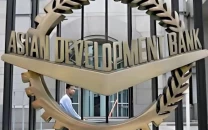
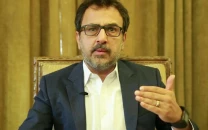

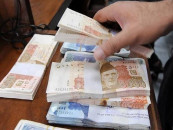

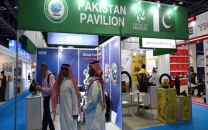


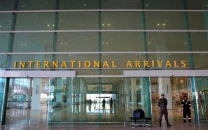


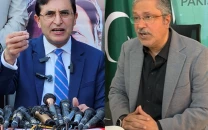






COMMENTS
Comments are moderated and generally will be posted if they are on-topic and not abusive.
For more information, please see our Comments FAQ